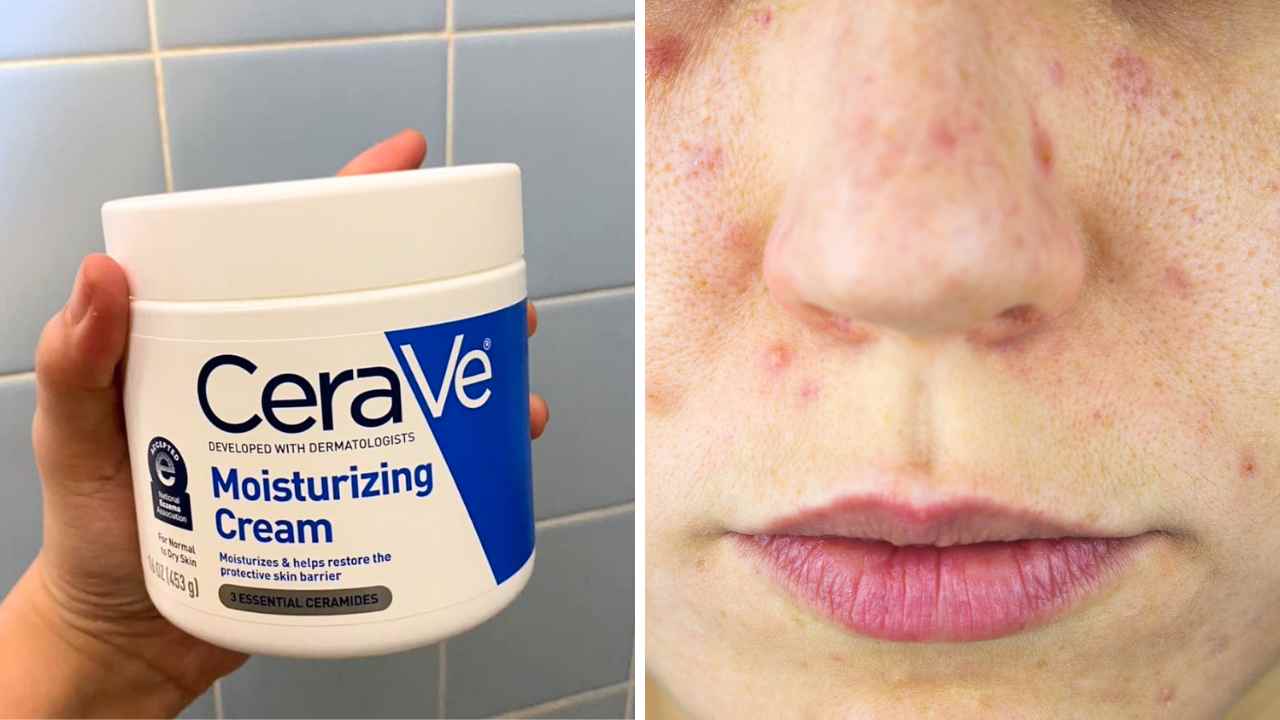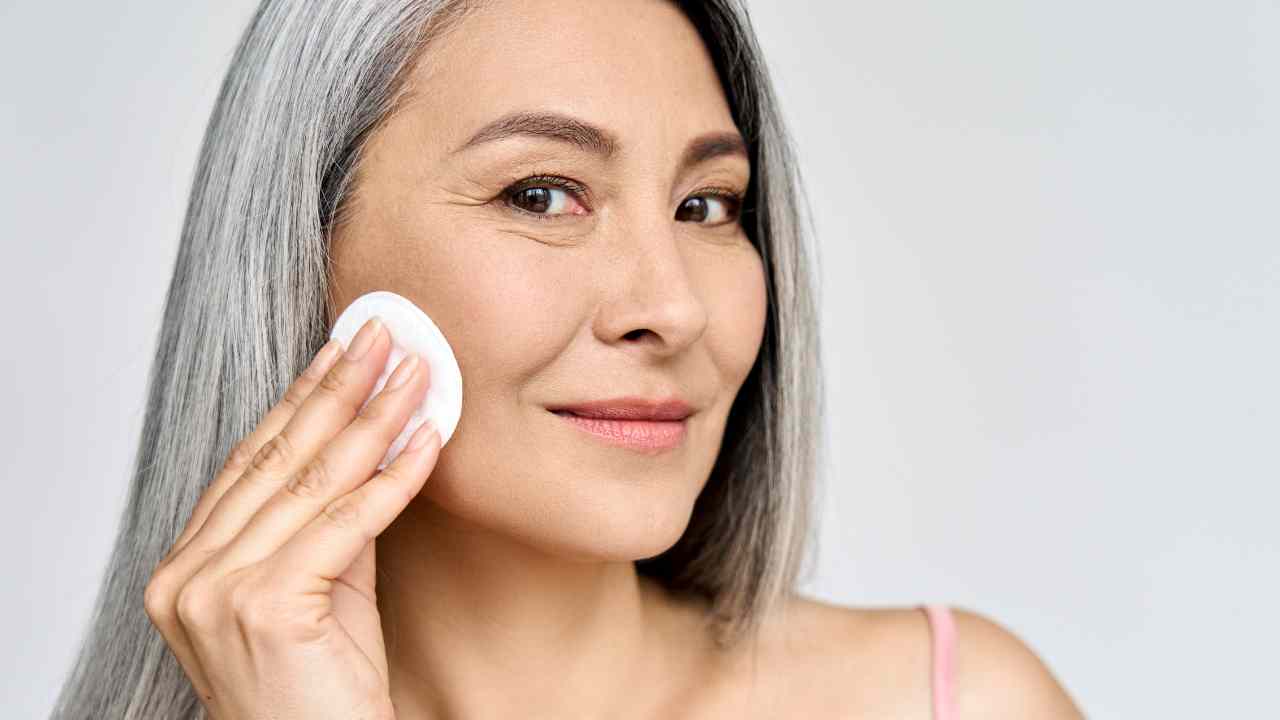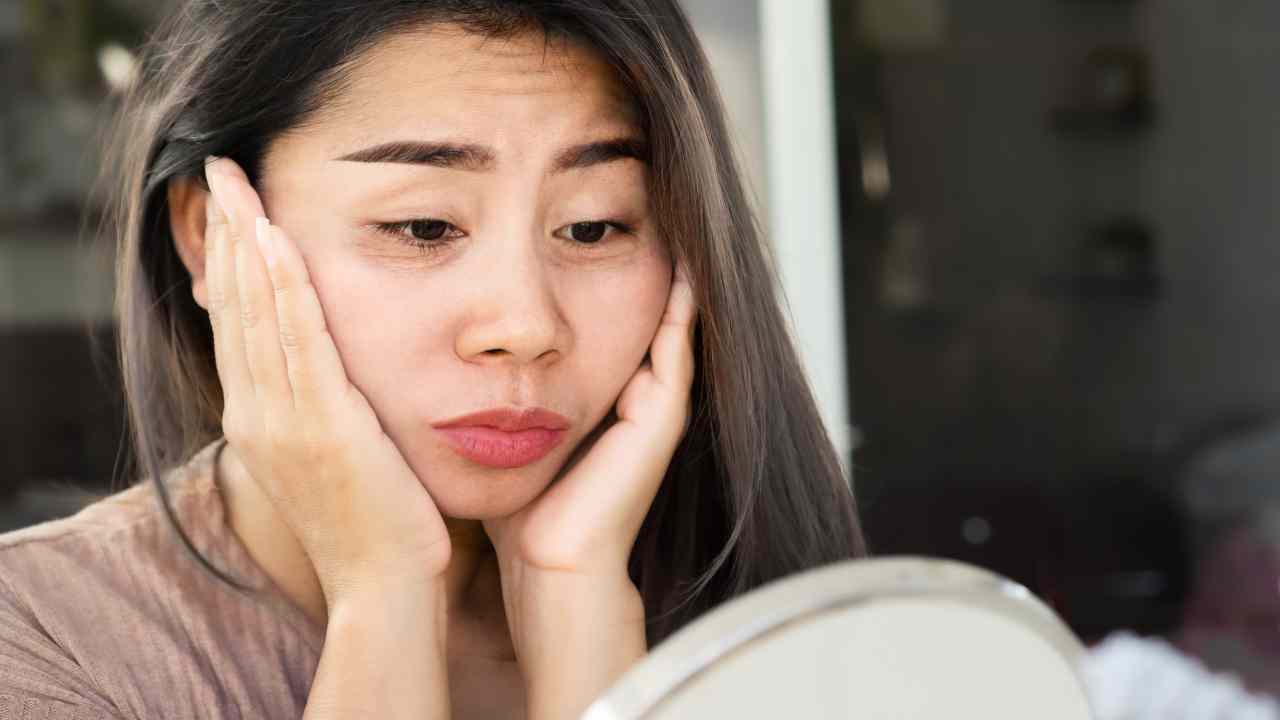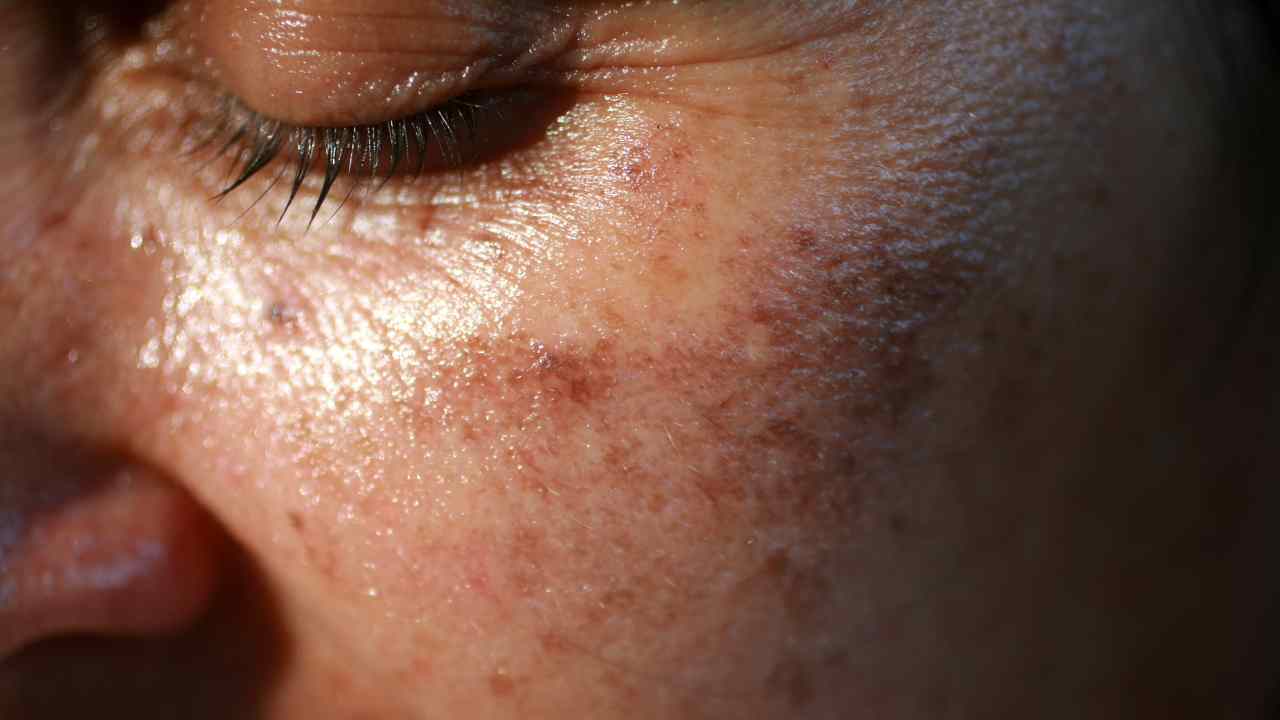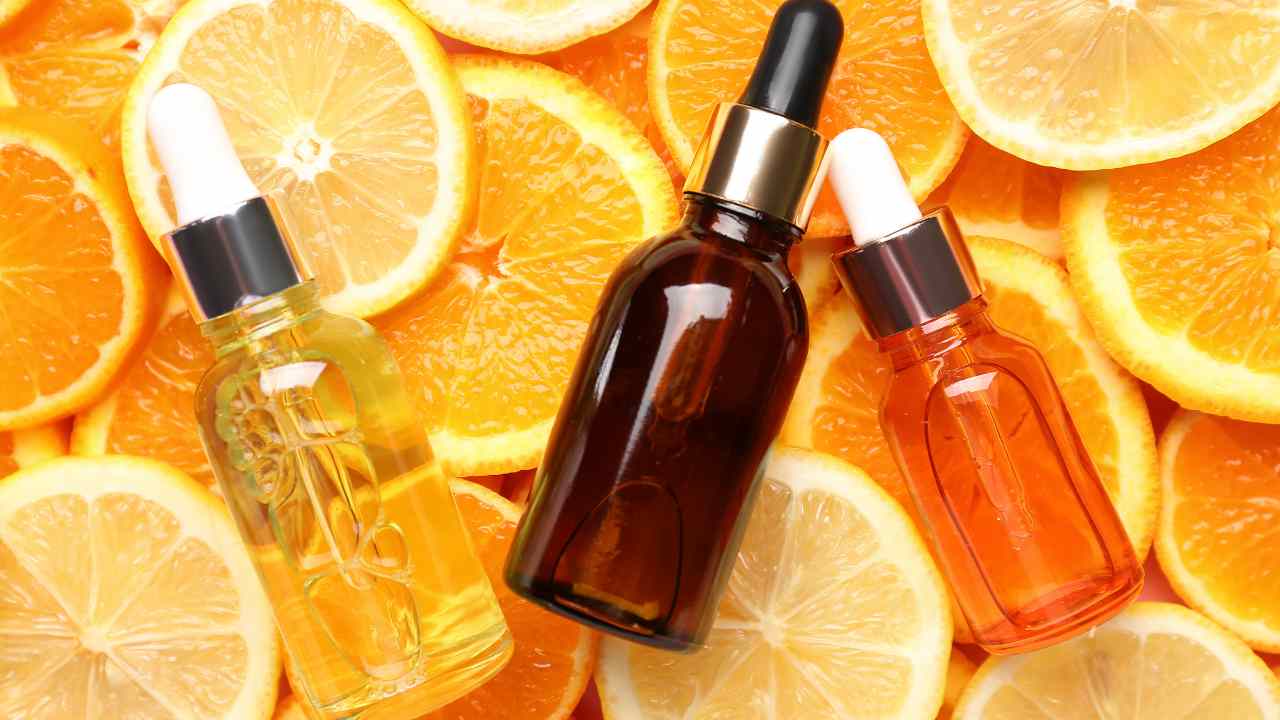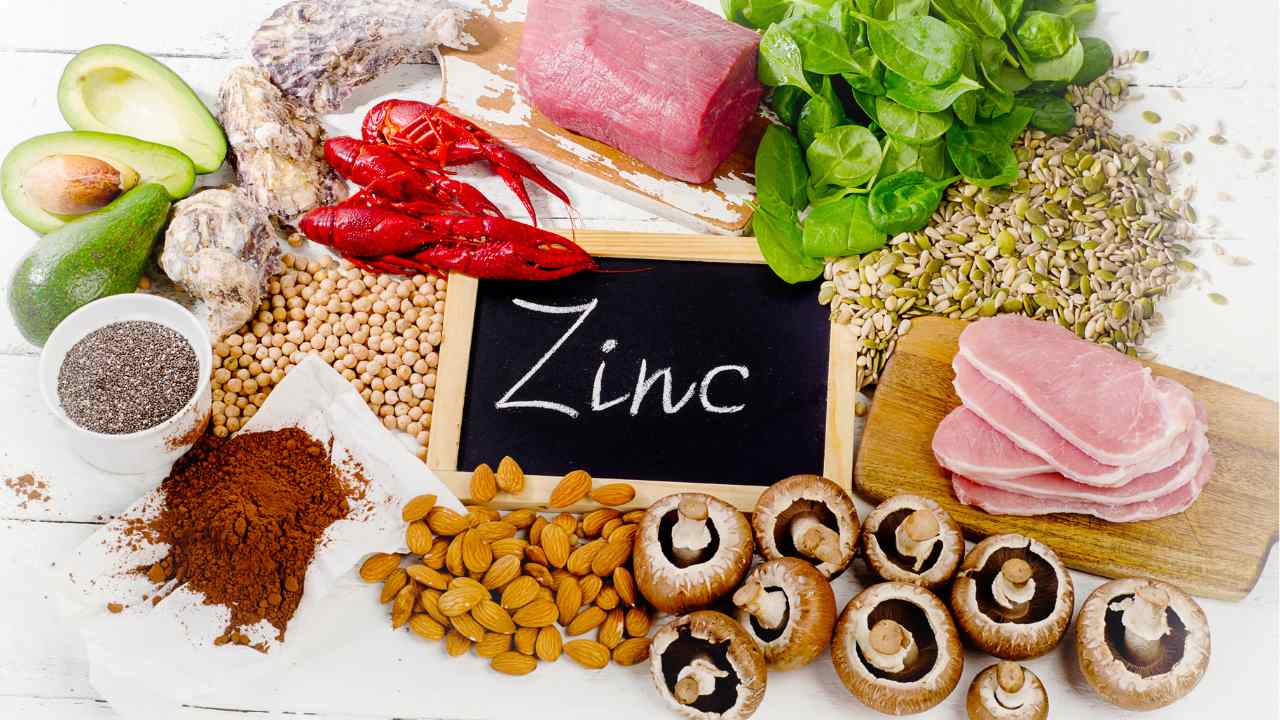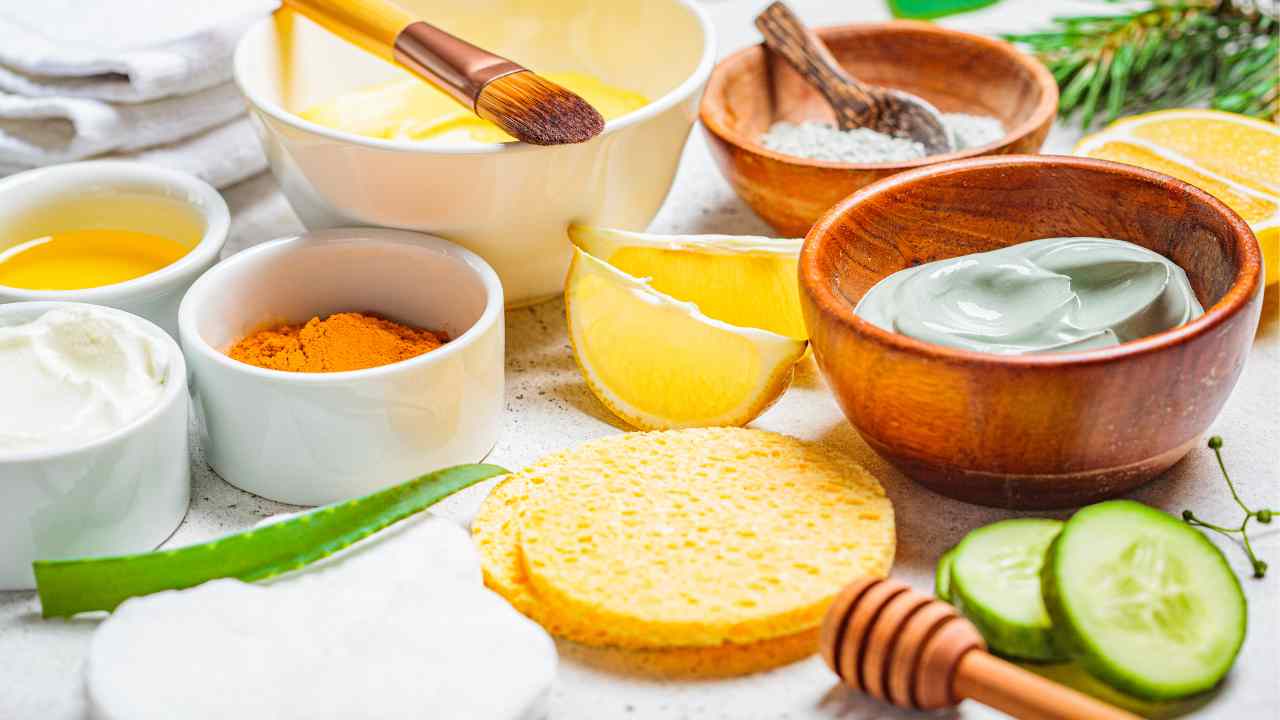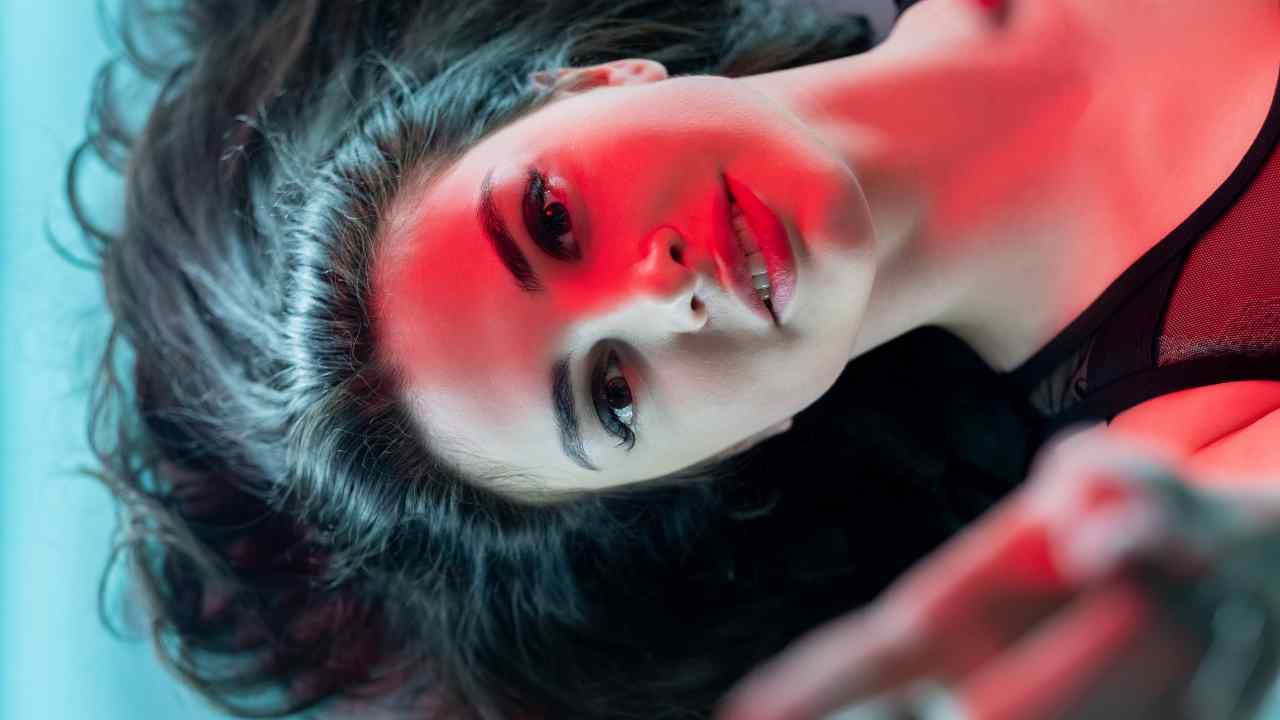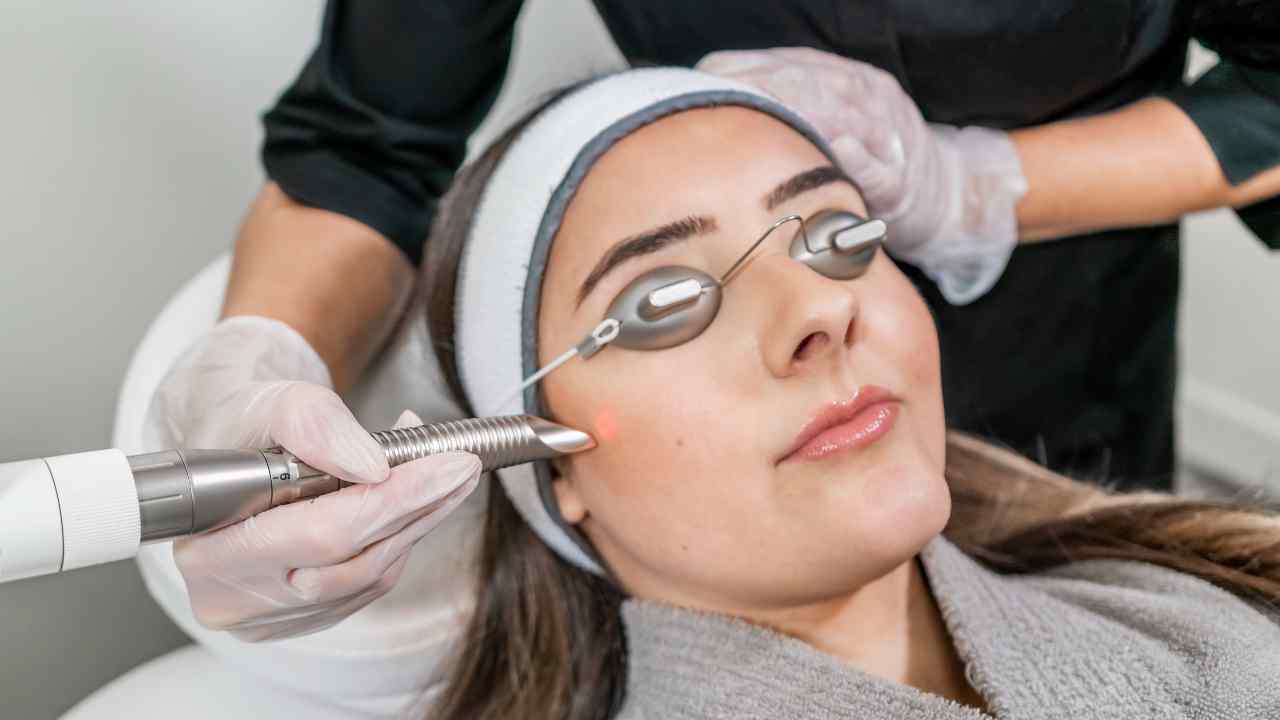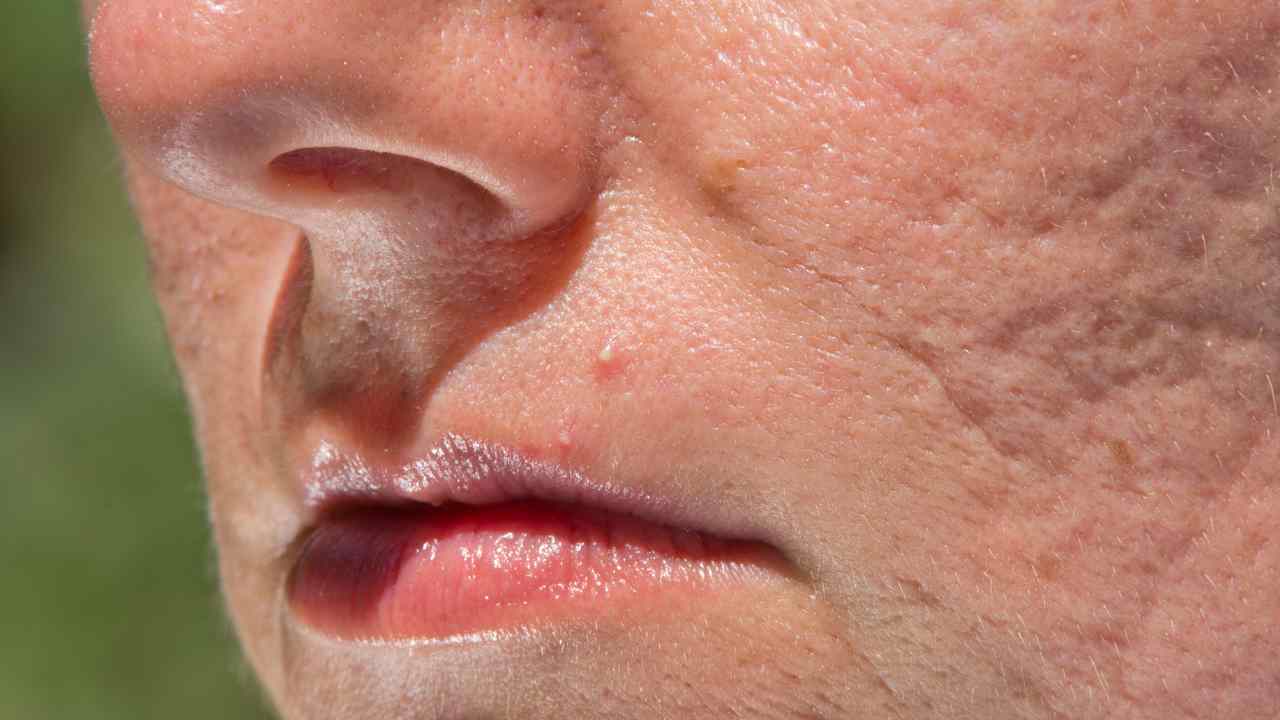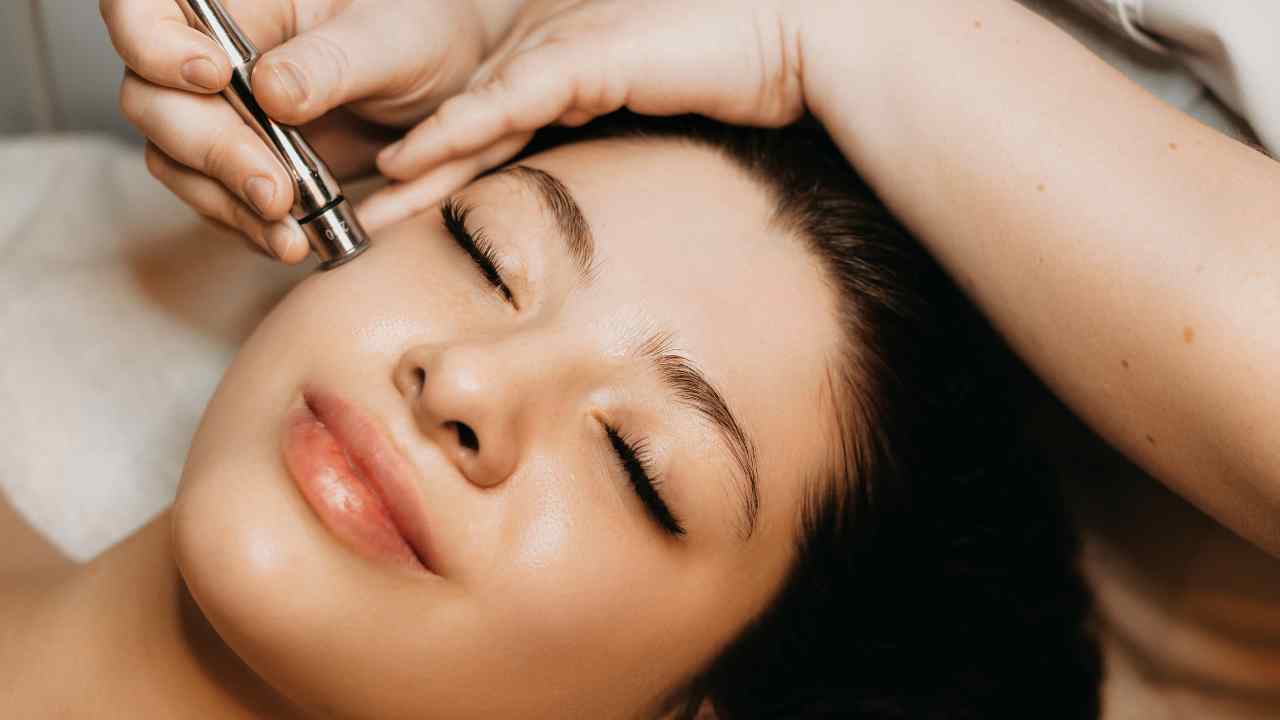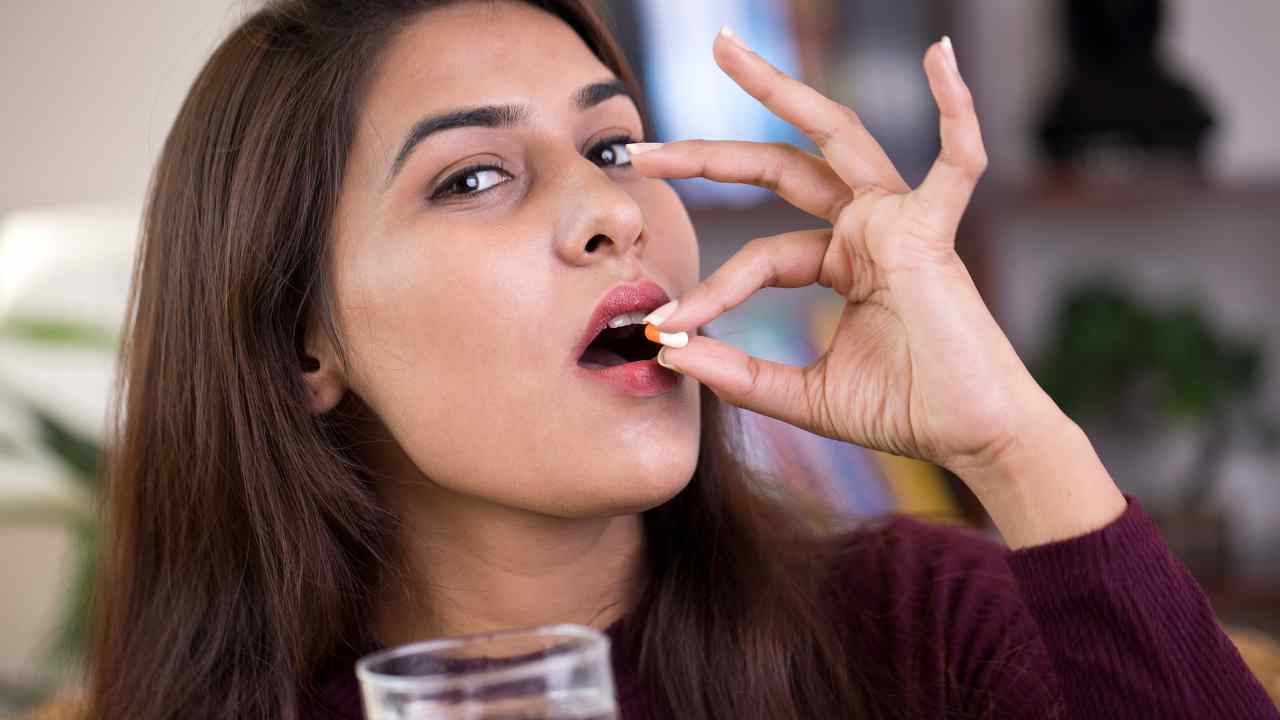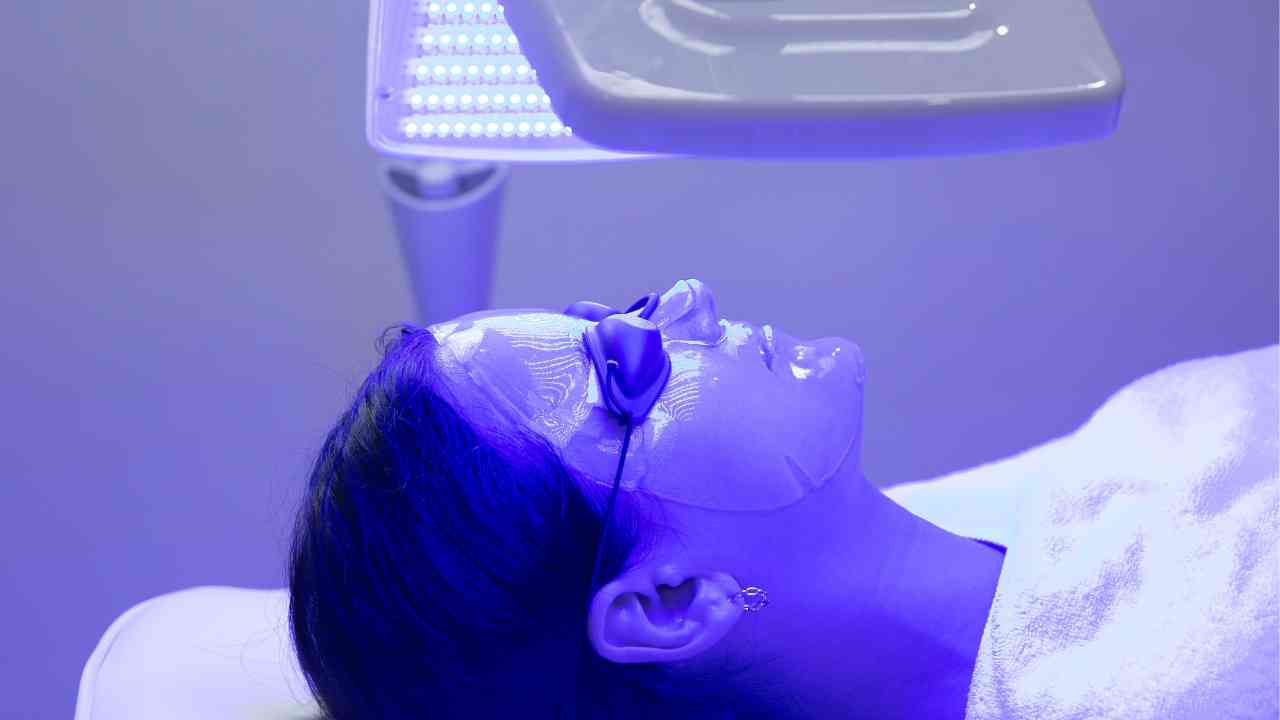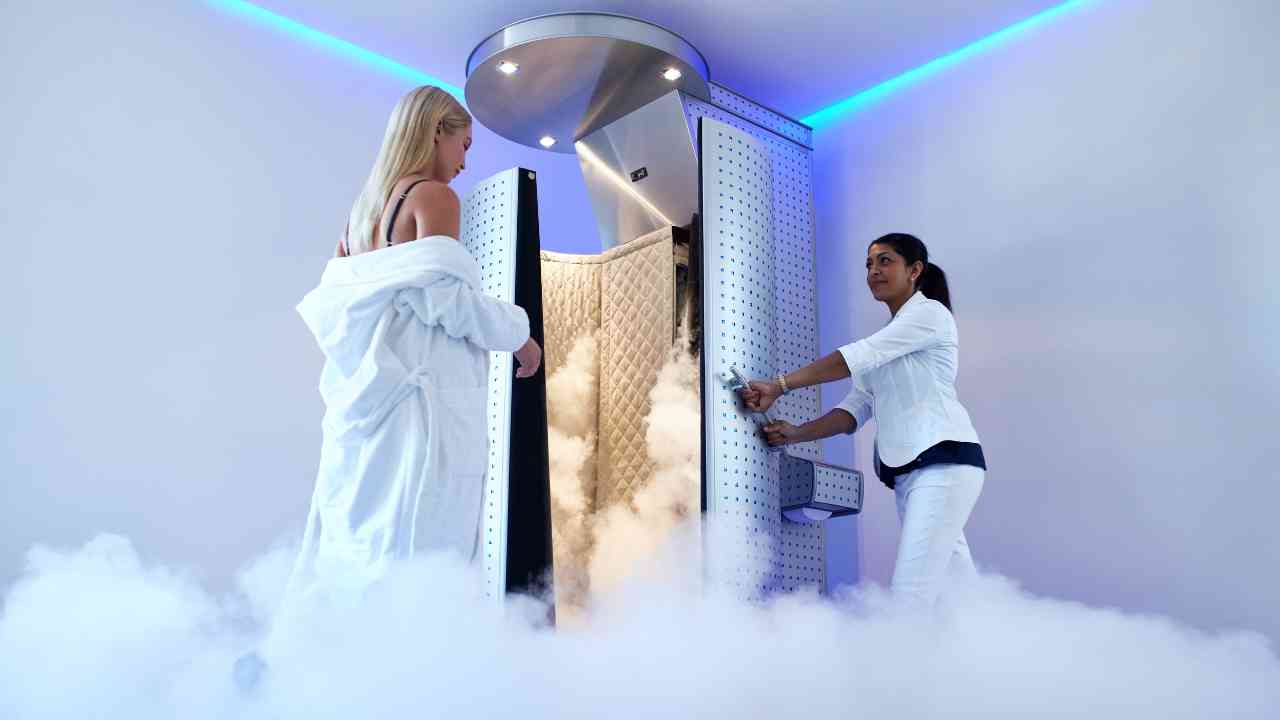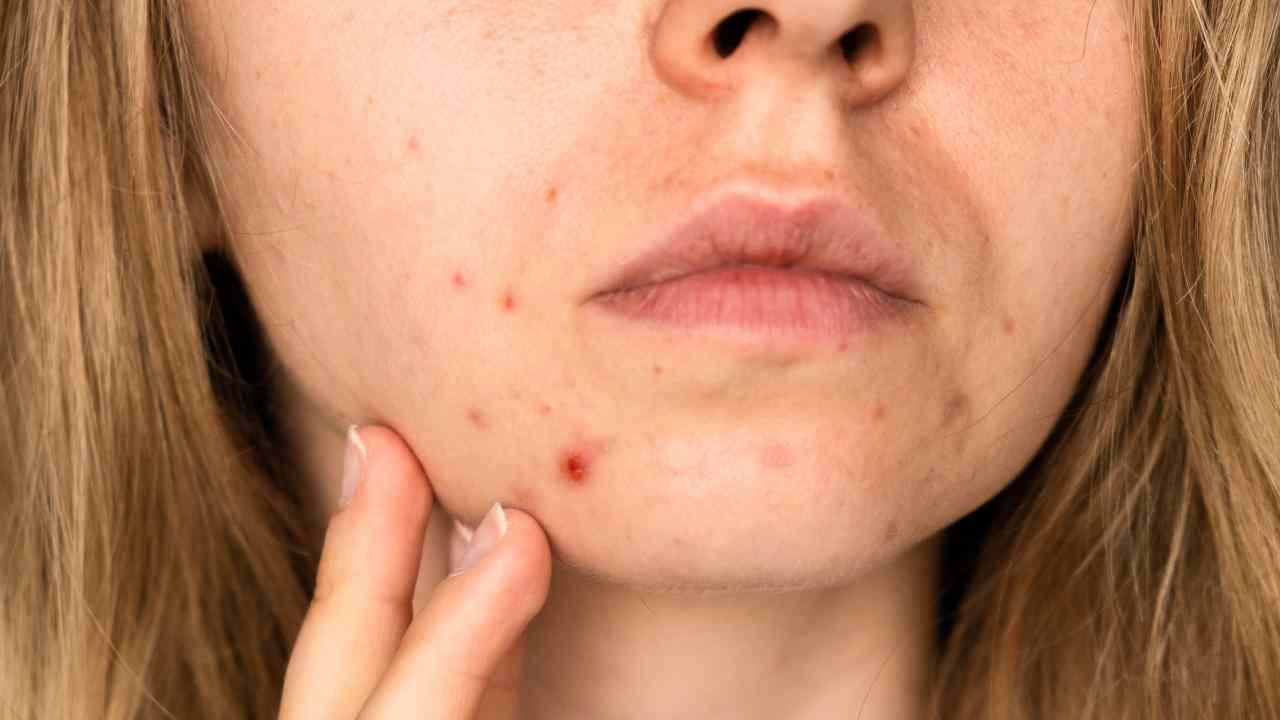
Skincare SOS: How to Tell if Acne is Hormonal or Bacterial!
Do you feel like your skin is constantly sending SOS signals? Have you ever found yourself wondering: Do I have hormonal or bacterial acne? And what can I do about it?
Don't worry, if tackling skincare woes has been on your list of to-dos for way too long, this blog post is here to help! With the right knowledge and tips, taking care of your skin doesn't have to be a struggle but rather a time for relaxation and self-care.
So buckle up as we uncover why understanding the cause of blemishes is key in treating them correctly!
The Acne Enigma
Before diving into the distinctions, let's unravel the mystery of acne. This common skin woe can manifest in various forms—pimples, blackheads, whiteheads, and more.
But understanding the underlying causes is crucial to crafting an effective severe acne treatment strategy. Here is an explanation of the two types of acne and what causes each.
What is Hormonal Acne?
Hormonal acne often takes center stage during life's hormonal rollercoasters—hello, puberty, menstruation, pregnancy, and menopause!
Hormonal acne is a type of acne caused by fluctuations in hormones, typically androgen hormones such as testosterone. It can be seen on the face, neck, chest, back, shoulders and upper arms.
Symptoms of hormonal acne include: Whiteheads or blackheads forming around the mouth or along the jawline; deep cysts that are deep under the skin and hard to touch; oily skin that is usually very sensitive; chronic breakouts that come back after they heal for a few days or weeks at a time.
Hormonal acne is caused when your body produces too much sebum (an oily substance that helps protect skin) which then mixes with dead skin cells and bacteria and clogs up your pores resulting in white heads and black heads which can turn into cystic pimples if not treated properly.
As our bodies age our hormone levels fluctuate more often than when we are younger resulting in increased incidence of hormone positive acne in adults over 25 years old.
In some cases it may also be related to PCOS (polycystic ovary syndrome), pregnancy or stress as these conditions all affect hormones levels in our body.
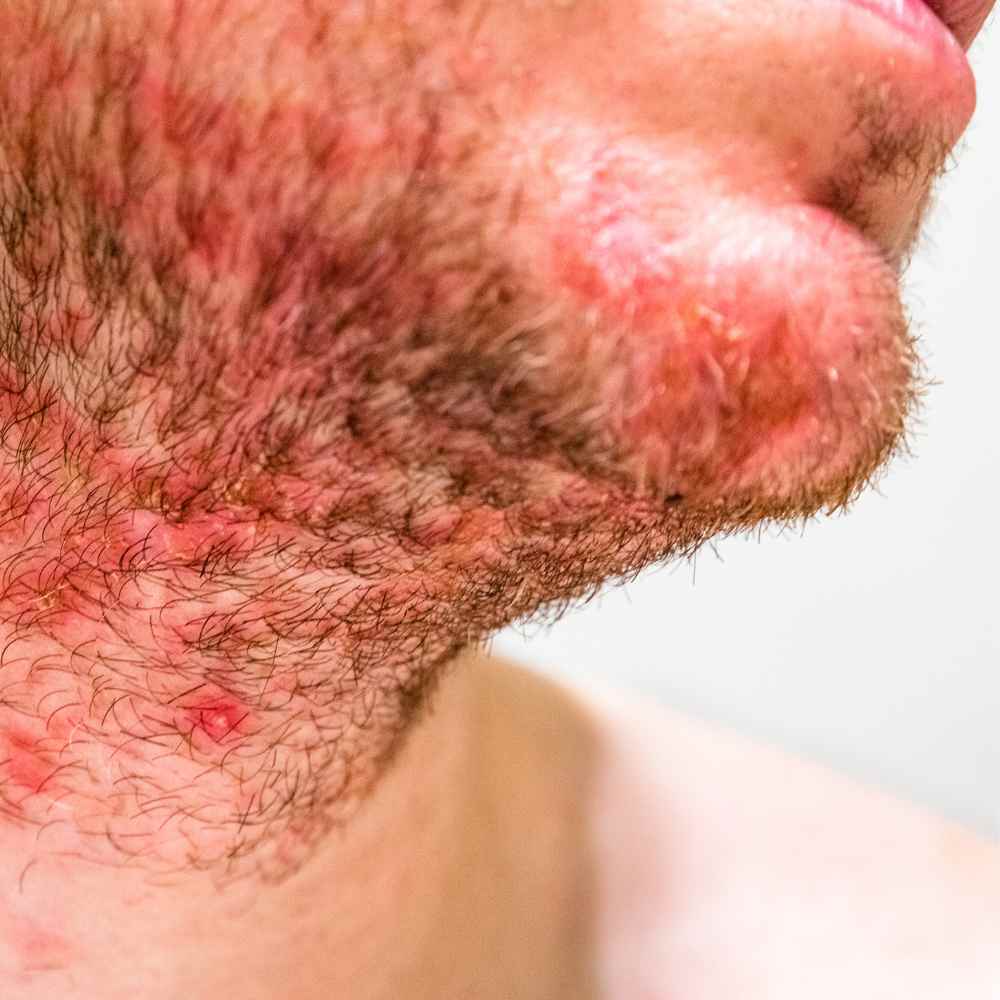
What is Bacterial Acne?
Bacterial acne is a type of inflammatory skin condition that is caused by the buildup of bacteria on the surface of the skin.
This type of acne is most commonly seen in individuals between their teenage years and their early thirties, however it can affect people of any age.
The bacteria that cause bacterial acne are known as Propionibacterium acnes (P. acnes), which naturally colonize our skin but can become overgrown due to an imbalance in our microbiome or certain environmental factors such as sweat, humidity and poor hygiene.
The presence of these bacteria on the skin leads to inflammation which results in red bumps, blackheads and whiteheads appearing on the face or other areas affected by bacterial acne.
The Telltale Signs of Hormonal Acne
Hormonal acne comes with some distinctive calling cards. If you notice breakouts that align with your menstrual cycle, or if your skin suddenly throws a tantrum during times of hormonal upheaval, you might be dealing with hormonal acne.
The jawline and chin are its favorite stomping grounds, and the breakouts can be both painful and persistent.
Deciphering Bacterial Acne
Bacterial acne, on the other hand, is less concerned with hormonal mood swings and more about bacterial invasions.
These breakouts are often characterized by clogged pores, whiteheads, and the occasional red and inflamed pimple.
If your acne tends to pop up on your face, chest, and back—areas with a higher density of oil glands—it could be bacterial in nature.
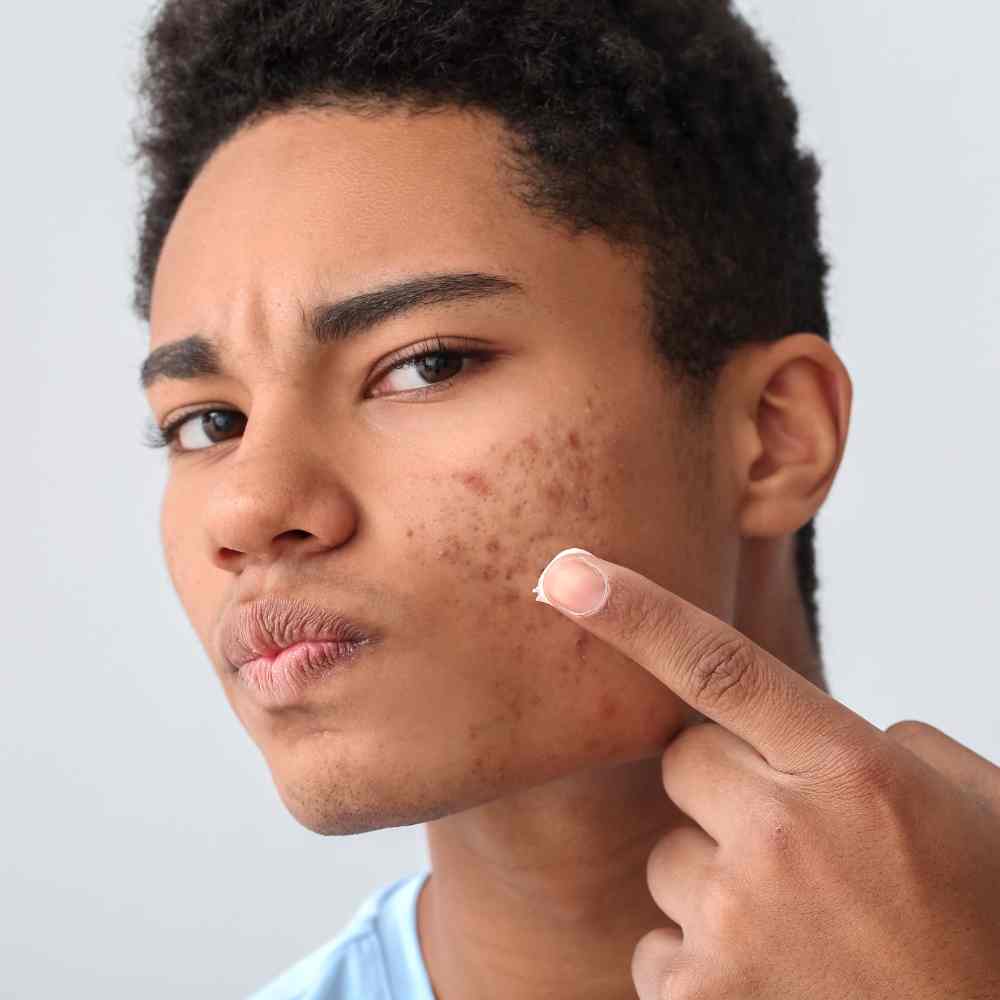
Expert Insights
When in doubt, a visit to a dermatologist can be your guiding light. They can assess your skin's condition, discuss your medical history, and recommend a tailored treatment plan.
Remember, every skin is unique, and a professional perspective can provide the clarity you need. Plus, it will save you time and money by saving you from self diagnosing your skin and trying the wrong skincare products.
The Skin Speak Checklist
To help you distinguish between hormonal and bacterial acne, here's a handy checklist:
Hormonal Acne
- Cystic, painful breakouts
- Concentrated around jawline and chin
- Correlates with hormonal fluctuations
Bacterial Acne
- Whiteheads, blackheads, and pustules
- Can appear anywhere on face, chest, and back
- Prone to inflammation and redness
Treating the Different Kinds of Breakouts
Treatment approaches for hormonal and bacterial acne differ, and understanding the root cause is the first step to effective management. Here are the most common tools dermatologists use to treat acne.
How to Treat Hormonal Acne
For hormonal acne, hormonal therapies can come to the rescue. Birth control pills, spironolactone, and even certain topical acne treatments can help regulate hormone levels and calm those pesky breakouts.
How to Treat Bacterial Acne
Bacterial acne often responds well to topical treatments containing ingredients like benzoyl peroxide, salicylic acid, and retinoids. These work to unclog pores, reduce inflammation, and fight off the bacterial invaders.
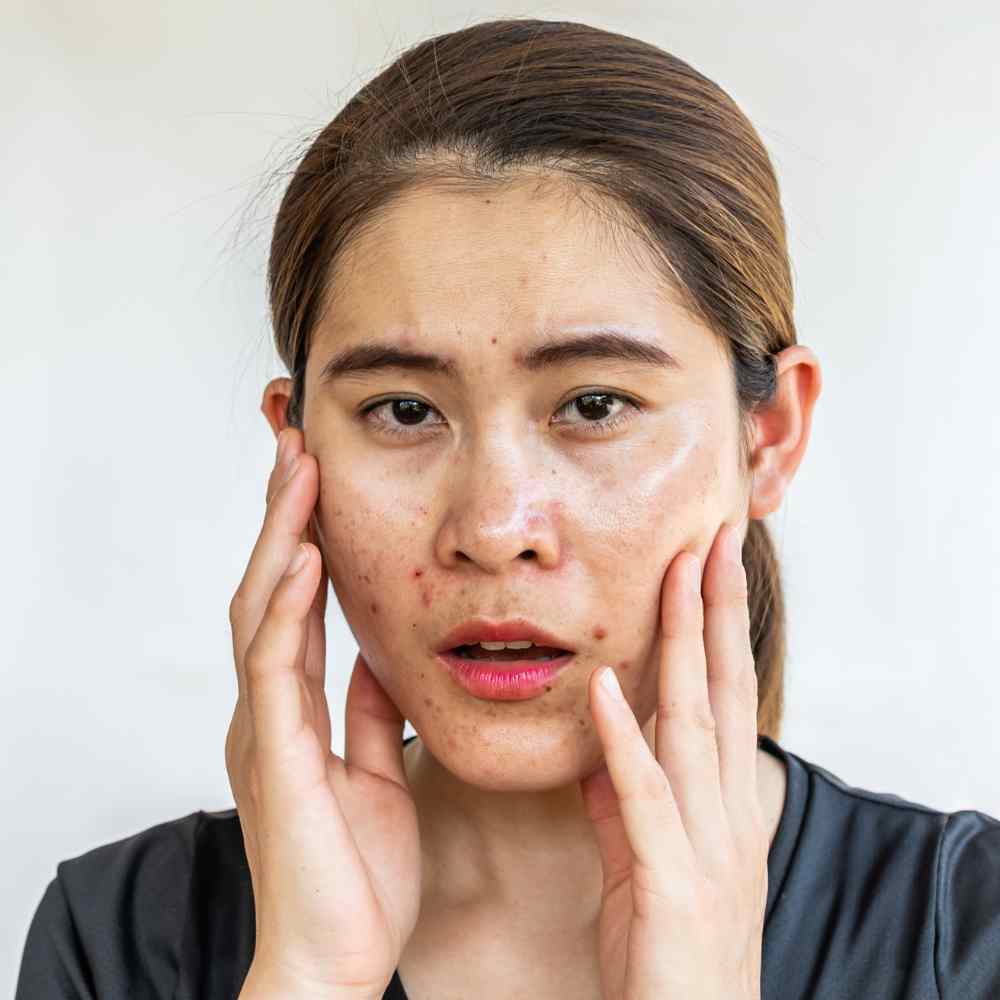
What About Fungal Acne?
Fungal acne is a separate skin condition that can often be confused with bacterial and hormonal acne due to their similar outward appearance.
Fungal acne, also known as pityrosporum folliculitis or malassezia folliculitis, is a condition caused by an overgrowth of yeast on the surface of the skin.
It commonly appears as small pink or red pimples around areas such as the cheeks, chin, neck, chest and back— places where there are many sebaceous glands and oily hair follicles. These bumps can be itchy but usually don’t hurt or swell like traditional acne does.
To distinguish between fungal and hormonal acne it’s important to note that fungal lesions tend to look more clustered together than those seen with hormonal breakouts.
Hormonal acne may appear more scattered across different sections of your face – especially around active oil glands present near your cheekbones, nose, chin, and jaw. You can even get zits in your ears!
All types of acne can cause scarring, so it's important to find out what kind of acne you have so you can treat it.
Lifestyle Allies
Regardless of the type of acne you're dealing with, a healthy lifestyle is your skin's best friend.
Nourish your body with a balanced diet, stay hydrated, and maintain a consistent skincare routine using a good pore cleanser and a spot treatment product for breakouts.
Always wash your face before bed and never sleep in makeup. It can also be beneficial to use a face mask designed especially for acne prone skin.
The Clear-Skin Conclusion
Skincare is an adventure worth taking - especially when you have knowledge, professionals, and the right products on your side.
When pursuing clear, radiant skin, understanding whether your acne is hormonal or bacterial should become a priority.
By being intentional about learning its language, consulting experts for personalized care regimens, and caring for your skin with tailored products, you will be able to create naturally glowing results that make you feel beautiful and confident.
Be patient with yourself as you traverse through this journey of self-care, and know that a picture perfect complexion can be achieved - once we learn to follow along with our skin's secrets!



